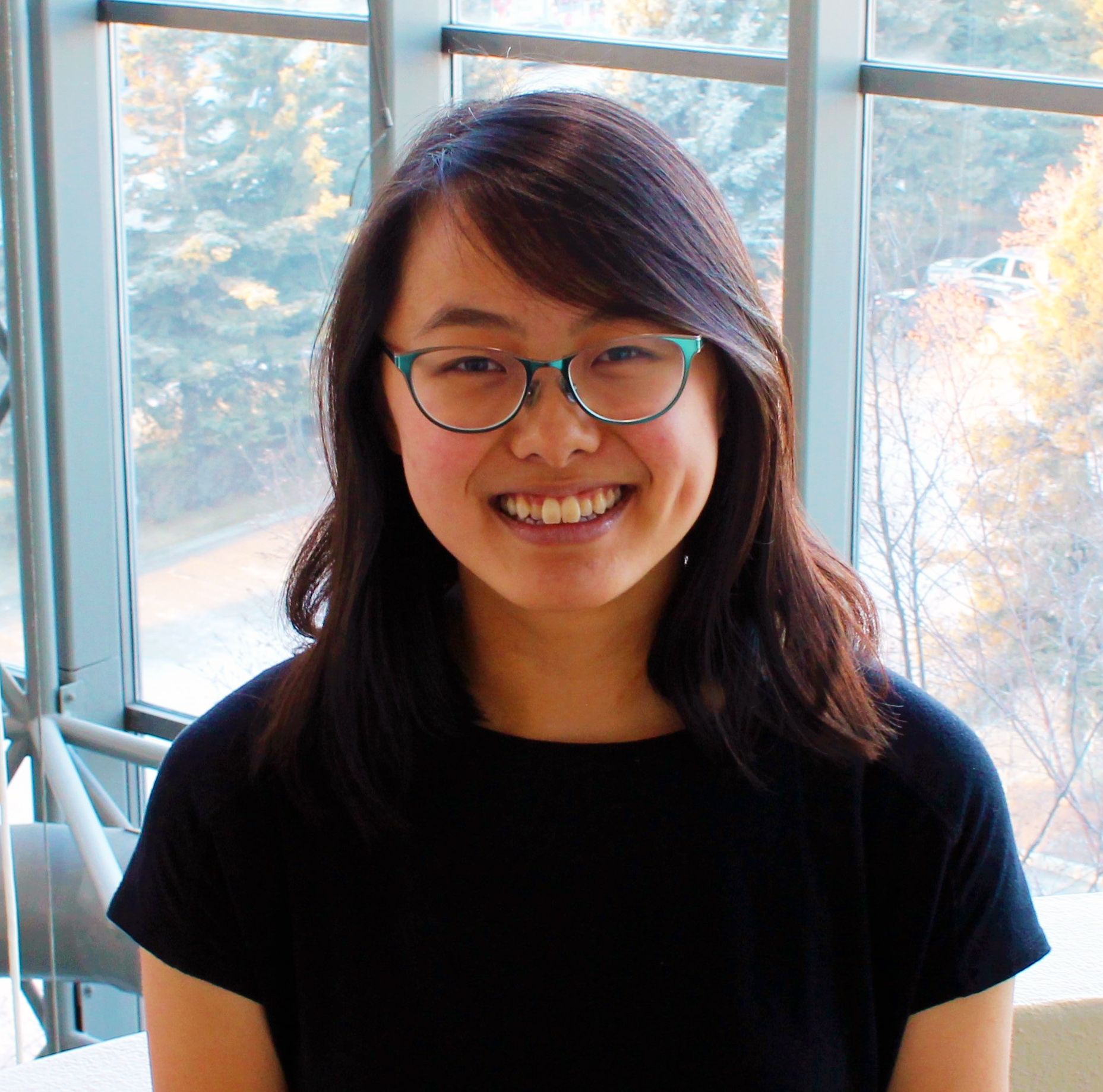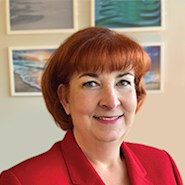
Kacy Grundhauser, A.M.ASCE, graduated magna cum laude in 2020 from the University of Alaska Anchorage with a Bachelor of Science degree in civil engineering. Selected as one of ASCE’s New Faces of Civil Engineering — College Edition in 2020, Grundhauser had served as both secretary and president of her student chapter of ASCE as well as a research assistant at UAA. Now an engineer-in-training for HDR Inc., Grundhauser turned one of two internships she held during school into a full-time job that offers her a range of experiences in design — and in the field.
Here’s how she did it:
Civil Engineering: How did you first become interested in civil engineering?
Kacy Grundhauser: I had an interest in the natural sciences; being from Alaska, that’s a prominent thing here. I also really enjoyed math and science. Civil engineering is kind of the combination of all those interests.
During my last year of high school, I took a natural resources management class. It was a super-cool, trade-school-like course that they offer here in Anchorage. I was able to get a feel for the natural sciences world. The teacher pushed me a bit toward civil engineering. And the University of Alaska, both in Fairbanks and Anchorage, both have really good engineering schools, so it really worked out.
What were your favorite courses at UAA?
I really enjoyed introduction to environmental engineering. It was taught by an adjunct professor who had worked in the field for numerous years, and he brought a lot of hands-on, real-world applications into the classroom. He was also very enthusiastic about the topic, so it was a lot of fun.
And I really enjoyed the structural engineering courses, even though it wasn’t something I was planning to do as a career. They were challenging in different ways, and the professor engaged a lot with the students. He also happened to be the ASCE faculty adviser, so we had a good relationship.
How did your membership in, and leadership of, the student chapter of ASCE at UAA help you?
The student chapter corresponded a lot with the Younger Member Forum and the professional groups, and that gave me a lot of opportunity to make connections and meet people in the civil engineering community. It also gave me a chance to learn about which companies were working here in Anchorage and what projects they were working on.
You had two internships as a student. How did they differ? And how did they help you?
Before entering university, I had had a tourism job, and I met HDR’s Alaska area manager on a train while I was working that job. He just happened to be on my train. I kept in contact with him over the years and got an internship at HDR from that. I started in the middle of my sophomore year in college and stayed with them awhile.
Then between my junior and senior years in college I got an internship at the Laboratory of Catalytic Process Engineering at the Claude Bernard Lyon 1 University in Lyon, France. It wasn’t exactly civil engineering; it was more chemistry and natural sciences. It was something the University of New Orleans hosts, and the opportunity was shared through a network of universities.
In Lyon, I worked on two projects, but the main one was looking at humic acid, which can turn drinking water a brown color. It isn’t harmful, but it doesn’t look appealing. I was trying to find simple ways to get rid of humic acid in water.
The internship took place over the summer, and I was with five other students from all across the United States. They were all working on different research projects, so it was a great opportunity to learn from them. We lived in student housing together and did things together on the weekend. It’s one of those opportunities that, even though there are a lot of them out there, not a lot of students know about.
How did those experiences impact your search for your first job?
I knew a little about HDR, of course, and the gist of what it was like to work for the private sector. But I also wanted to know more about the public sector, so I talked to several professionals about their experiences with the U.S. Army Corps of Engineers and learned what opportunities were open. I applied for a research internship, the HDR job, and an Army Corps job in Washington state.
I got offers from HDR and the Corps. I liked that the job at HDR would allow me to stay here in Alaska and that I would be able to work on water resources and transportation projects. It gave me a chance to diversify. And I had been with them for almost two years; I knew them, and they knew me. I didn’t have to do a formal interview or a lot of onboarding, because I’d done it as an intern. That was nice.
What are you working on now as an EIT?
I’m in the water group at HDR in Anchorage. We work on water resources as well as water and wastewater projects and a little coastal engineering as well. I’ve been working lately on fish passage culverts, which are a lot of fun.
How does the full-time job differ from the internship?
As an intern, you are handed small pieces of projects because you are not there every day. But as a full-time employee, you are handed larger chunks. I can now see the timeline for the whole project. It helps you see why you are doing things the way you are. It’s great to go from concept to design to final delivery.
And I’ve also been able to do a lot more fieldwork in construction and in water quality. I like that; it’s a change of environment. I do water quality testing for permits for stormwater and water treatment projects. And recently I got to help with a transportation project in King Salmon, Alaska. They were rehabilitating two bridges and installing a 15 ft culvert, and I got to see it be installed.
How did what you observed in the field differ from what you worked on in the office?
I didn’t do the design of the bridges or the culvert — (Alaska’s) department of transportation did that — but I got to look at their plan sets and then see the projects in real life and see how those two connected. Some of those plans are pretty thick, and there are a lot of notes to try to figure it out. It was a good experience.
How do the day-to-day activities of the job compare with what you expected?
It has been more diverse than I thought, which I’ve actually really enjoyed. Being in a company that works on different types of projects, you sometimes get pulled onto other projects when they need short-term help. So in addition to the transportation project, I got to be a biologist for a little bit. They were clearing space for a proposed highway, and I got to walk around in the woods, looking for birds. Those are the fun things that I never thought I’d get to do as an engineer, but I got to do.
You are coming up on your one-year anniversary with HDR. What’s next for you?
I’m hoping there will be more fieldwork and construction work that I can help with this summer. And the water quality sampling is ongoing. I would also like to learn more about coastal engineering. Obviously there are a lot of coasts here in Alaska, and coastal engineering features different concepts and principles than water engineering.
Do you have any advice for current students seeking their first full-time positions?
Last year so many internships weren’t happening, but there are internships and jobs out there now. Companies want to get interns in because that’s how they continue the cycle of getting new EITs and engineers. So don’t be discouraged!




